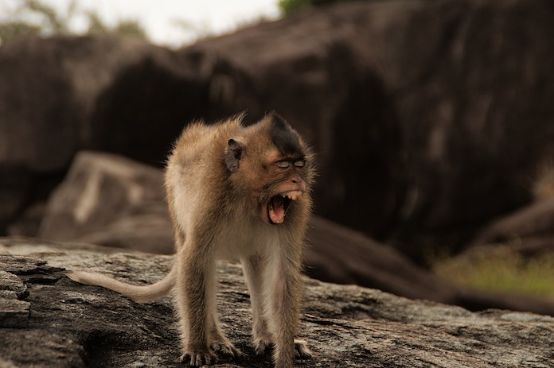About animal music
Mathias Gredig raises cultural-historical and philosophical questions about the music of animals from Ancient Egypt to the 19th century.

It is an incredibly clever book, precisely because it is critical of its own cleverness. It is hard to imagine the amount of knowledge Mathias Gredig compiles on the subject of animal music and yet he remains skeptical, methodically supported by the all-doubting, Pyrrhonian skepticism of antiquity: Can we even say whether animals make music? After all, the animals should know. What were the baboons, sacred to the Egyptians, thinking when they greeted the sun with their cries/songs?
At least as interesting, of course, is how people related to the animals and their music. It was clear to everyone that nightingales sing beautifully, but do they make art music? No, says Augustine, because they don't understand numerical relationships and intervals. Strange reasoning, but quite typical of philosophers. "That could be countered in a number of ways," says Gredig meaningfully.
This one example already shows how contradictory and diverse our human relationship to animal sounds is. Not only can the sound systems not be compared with each other, the worlds of expression are completely diverse. This alienation has been reflected throughout the centuries in graphic caricatures of donkeys, dogs, geese and above all monkeys making music, but also in musical imitations. It was not uncommon for an artist to prefer nature music to human noise. And some anecdotes once again demonstrate, unsurprisingly, how cruelly the noble human race treated animals. Athanasius Kircher, for example, tells of a cat organ: the animals enclosed in it had needles stuck into their tails via the keyboard!
The source material that Gredig presents here is highly disparate and plentiful. The young musicologist, who wrote his dissertation on the subject in Basel in 2017, has now produced an overwhelming compendium on "animal music". It covers a wide range of topics, from the oldest antiquity to the 19th century, from Pythagoras to Thoreau and Alkan, from Ptolemaic sculptures to Grandville, and finally to the present day; it is sometimes rambling, but always instructive, invites you to lose yourself, and also casts some certainties into quiet doubt - and yet is generally easy, even amusing, to read.
Mathias Gredig: Animal music. On the history of skeptical zoomusicology; 506 p., € 64.00, Königshausen & Neumann, Würzburg 2018, ISBN 978-3-8260-6468-5








